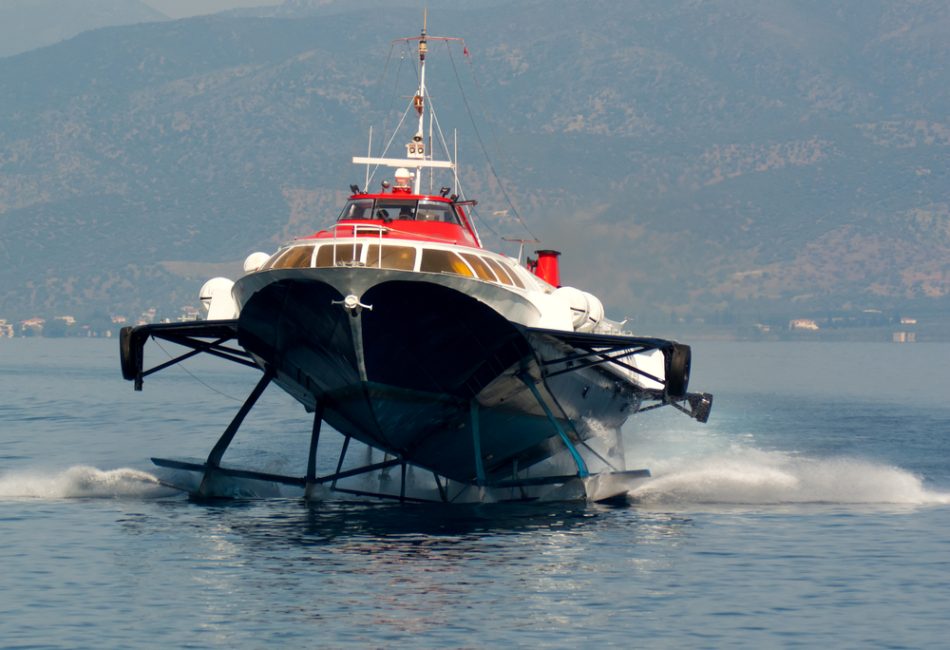These days, electric cars, bikes, scooters, trams, and trains are common modes of transport. However, one mode of transport which hasn’t got the electric memo is ferries, which are still almost exclusively powered by fossil fuels. The problematic factor here is battery capacity, which cannot last for the long journeys and heavy loads these boats carry.
New research from Chalmers University of Technology in Sweden may have just gotten us one step closer to the reality of a much greener shipping and ferry industry. Their focus is on hydrofoils, wing-like protrusions that suspend the boat’s hull above the surface and hugely reduce its water resistance and fossil fuel consumption by 80 percent.
“The electrification of ferries cannot be done without drastically reducing their water resistance. This method will allow the development of new foil designs that can reduce resistance by up to 80 percent, which in turn would significantly increase the range of a battery-powered ship. In this way, we could also use electric ferries on longer distances in the future,” says research co-leader Arash Eslamdoost.
To thoroughly investigate how a hydrofoil system could operate, the team simulated a variety of conditions such as increased speed or load of the vessel. From the data collected, it seems as though the system could be extremely effective in making this mode of transport greener and help in the design of electric-powered hydrofoil ferries of the future.
This ingenious idea of adding wings to boats has already been big in the sailing world for years now, allowing elite sailing boats to fly over the water at very high speed. Laura Marimon Giovannetti is one of the lead researchers of the study and has had firsthand experience sailing these vessels, competing in elite sailing levels for both the British and Italian national teams.
“At the America’s Cup in San Francisco Bay in 2013, it was the first time we saw a 72-foot sailing boat learning how to “fly” using hydrofoils during the competition. And since then, we’ve seen a huge increase in sailing boats with hydrofoils. With this new method and knowledge we are able to bring together a range of different branches of engineering – naval architecture, advanced materials, and aeronautics as well as renewable energy,” Marimon Giovannetti adds.
The team’s next challenge is to develop hydrofoils that have the desired properties needed for ferries. “You want the foil to be as efficient as possible, which means carrying as much weight as possible at as low a speed as possible with the least resistance. Our next goal is to use this method when designing more efficient hydrofoils for ferries in the future,” explains Eslamdoost.
Source study: the Journal of Marine Science and Engineering – Fluid-Structure Interaction of a Foiling Craft











